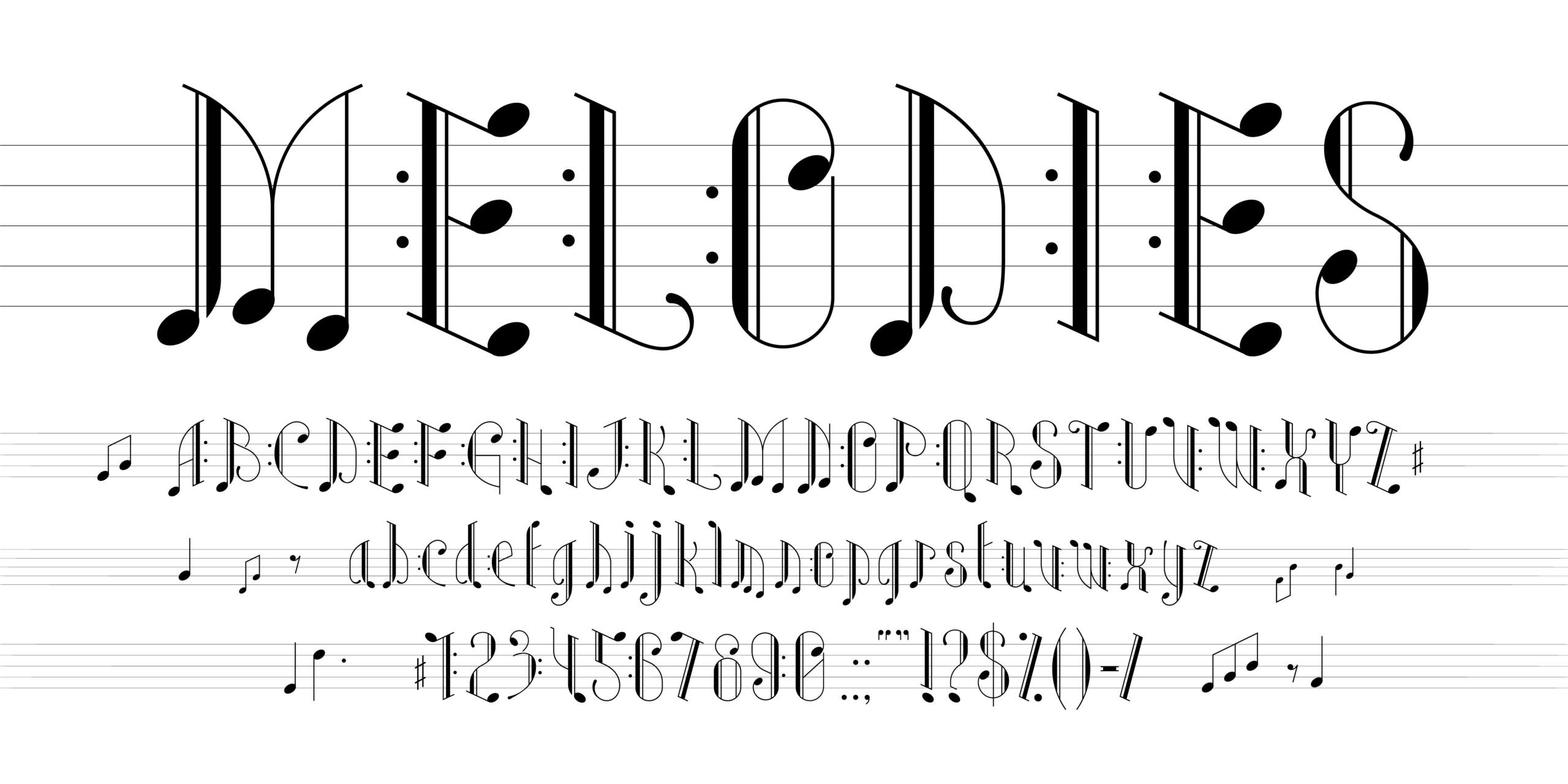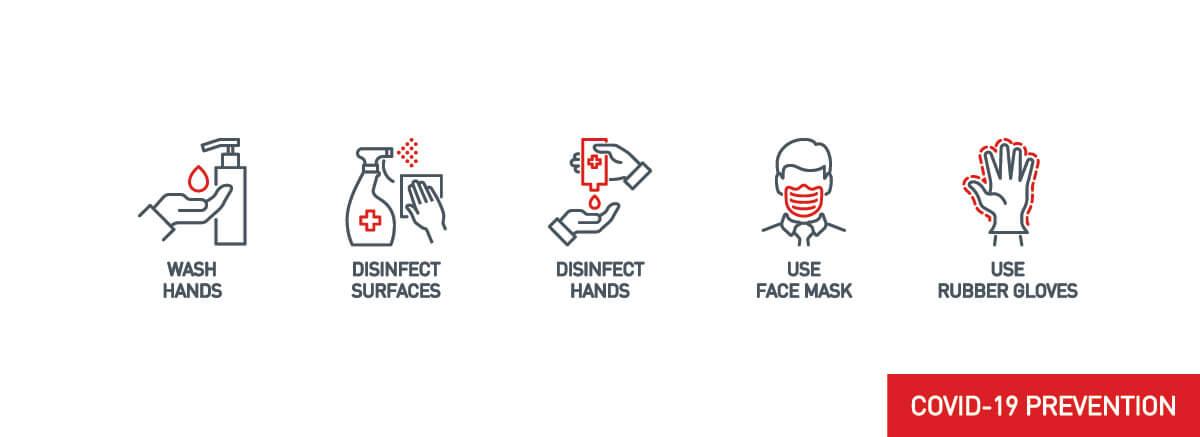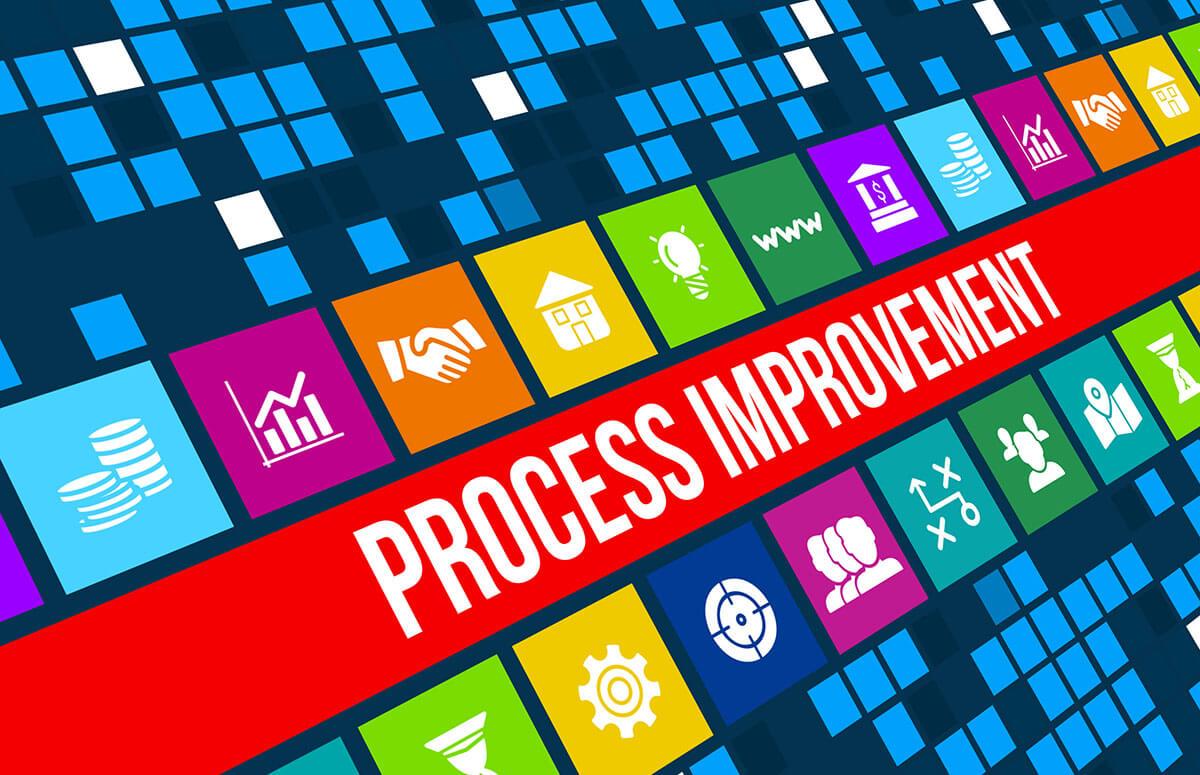Seemingly insignificant actions can create chaotic events; small actions can create a ripple effect or impact future connections. The Butterfly Effect an idea in chaos theory offers a scientific approach. There are several theories and research as it relates to the psychology behind social emotional frameworks in education. Cambridge University states: The Framework shows how positive relationships that prioritize restoring shared, meaningful and purposeful identities can lead to expansive and incremental capacity for transformative outcomes for sustainability: a process we liken to the butterfly effect.
7-12 graders and their emotional evolution can be deeply influenced by surroundings, which brings about constant changes throughout daily expressions and experiences. Social – Emotional Development is a “Dynamic Score” where students often explore:
- Identity: Who am I? What do I believe? How do I fit in?
- Navigation of Relationships: Friendships, family dynamics, peer pressure, and romantic interests all influence emotional tone.
- Building Resilience: Learning to cope with stress, failure, and change helps shape emotional “chords”
- Seeking Autonomy: they begin to assert independence while still in need of guidance and affirmation
Think back on how your life was initially influenced by your surroundings, parents, traditions, media, technology. nature, and friends. How we are influenced has a direct effect on our lifestyle, interactions, and personal preferences. Advertisers and marketers understand this complexity. Through our entrepreneur curriculum, we outline how they craft campaigns that harmonize with youth identity using four key segmentation strategies: Demographic, Geographic, Psychographic and Behavioral. These strategies mirror how students interpret their world when seeking products, messages, and experiences that reflect their evolving “melody.
As we work with grades 7-12 to see how they determine the power within the words they listen to (in a rap song or music lyrics). They learn how altering what we term as “humanizing or dehumanizing” words can change a ripple effect. Through our elective coursework, within a music class environment, we outlined “ordinary everyday speech” and the words within rap music some middle-school city district youth feed their minds with. We asked them to examine different messages where music and lyrics send a message. The focus on one lesson looks at “humanizing” and “dehumanizing” words and the effect those words have on our body, mind, and our interactions (intentions) in working with our inner-most emotions and others around us. This social-emotional awareness allows individuals to be exposed to new ways of embracing life. A variety of music is available online along with powerful stories behind the lyrics, some that caused catastrophic changes in many lives.
We invite you to contact us for more information: barbara@purposefulconceptsllc.com



